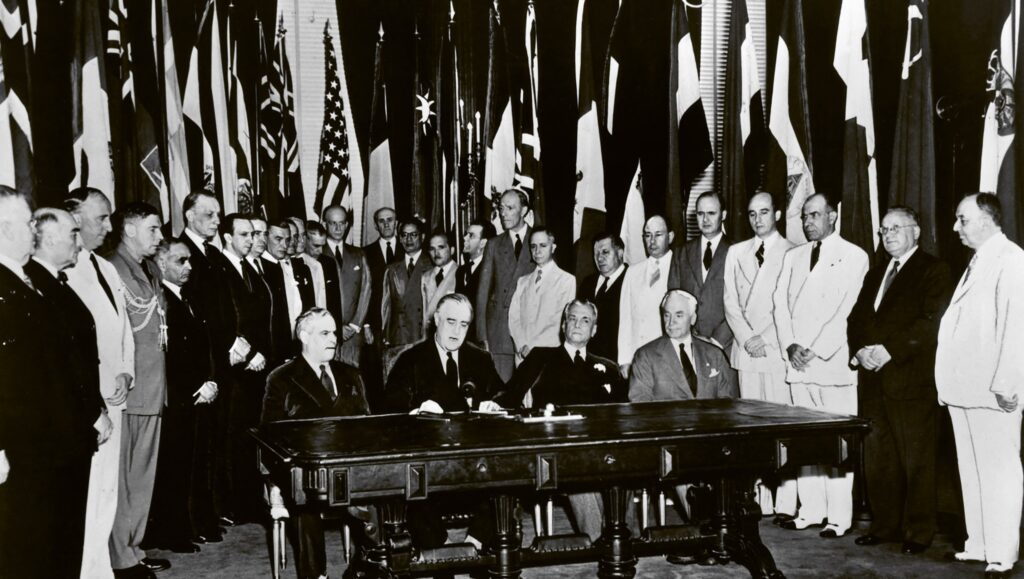The European Commission approved a staggering €5.4 billion hydrogen subsidy plan last Friday. The Commission has approved the Important Project of Common European Interest (IPCEI) to support research and innovation and first industrial deployment in the hydrogen technology value chain. The project, called ‘IPCEI Hy2Tech’ was prepared by 15 member states: Austria, Belgium, Czechia, Denmark, Estonia, Finland, France, Germany, Greece, Italy, Netherlands, Poland, Portugal, Slovakia, and Spain. The ambitious joint project aims to help reach net-zero greenhouse gas emission plans and replace natural gas but is the plan feasible?
The EU is playing Catch Up
According to the International Energy Agency (IEA), towards the end of the 2010s, around 70 million tons of pure hydrogen was produced yearly worldwide by the fertiliser, chemical and refining industries.
An internal Commission strategy stated that in 2018 the EU only accounted for 18% of the world’s hydrogen production and were being outspent and outproduced by Asian and American competitors.
The strategy states that the ‘EU lags behind in terms of public support to hydrogen per capita,’ finding that the expenditure on hydrogen was considerably higher in Japan, China, and the U.S.
Different Colours of Hydrogen
It is essential to understand that hydrogen is not an energy source but rather an energy carrier – much like a battery – and it therefore needs a primary source of energy for it to be produced. This can be solar, wind, hydro, nuclear, or gas. The primary source of energy used in the process determines the “colour” of hydrogen. The “colour” of hydrogen marks how environmentally friendly the production of hydrogen is.
The “colour” of hydrogen marks how environmentally friendly the production of hydrogen is
Blue
For example, blue hydrogen is when natural gas is split into hydrogen and CO2, but the CO2 byproduct is partially captured through carbon capture technology, thus mitigating some of the negative environmental impacts on the planet.
Green
Green hydrogen is hydrogen produced by splitting water by electrolysis with the help of electrolysers. This way, there is no CO2 production – as water contains no CO2 – and we can use the hydrogen and emit the oxygen into the atmosphere without any impact on the environment. Naturally, this process requires power. If the process is powered by renewable energy sources, this type of hydrogen can be one of the cleanest energy options.
Grey
Grey hydrogen is quite similar to blue and has been produced for many years. Natural gas is split into Hydrogen and CO2, but the CO2 is not being captured at all and is released into the atmosphere, causing significant pollution. This method is currently the most significant contributor to the EU’s hydrogen production, though the EU has vowed to phase it out.
The Fault in the EU’s Plan
The EU hopes to power some of its green transformation with hydrogen, but scientists have warned that it could lead to worsening climate change.
‘The use of blue hydrogen appears difficult to justify on climate grounds’
According to a 2021 study on blue hydrogen suggests that even when some of the CO2 is captured, the pollution is potentially worse than just simply burning the natural gas for energy. ‘The use of blue hydrogen appears difficult to justify on climate grounds,’ the report stated. Not only is the burning of natural gas required to power the carbon capture technology, super-polluting methane can also potentially leak into the atmosphere.
This is highly problematic for the EU, as the blue hydrogen production is expected to grow alongside the production of green hydrogen which is not yet cost competitive.
Despite the Commission’s publication of the project’s overall funding and the countries and companies involved, specifics such as allocated funding remains to be seen.
As expected, corporations and companies are lobbying for exceptions and loopholes in Brussels to expand the definition of ‘clean’ or ‘green’ hydrogen. An EU legislation draft published in May covering hydrogen production called for proof that electrolysers would be powered by renewables; but this was later modified to only apply post-2027.
Records obtained by POLITICO show that a French company had lobbied Brussels just 2 weeks prior to the draft’s publication. They complained about the costs of immediate compliance with the green hydrogen rules and requested exemption from the rules until 2030.
Following in their footsteps, 18 industry associations are now also calling for exceptions until 2030.
It is worrying and disquieting that companies can straight up tell the EU that they must water down their legislation for their own financial interest and then for that to actually happen.
Considering the state of the ongoing energy crisis and the effects of climate change, immediate action must be taken to reduce our reliance on natural gas and other fossil fuels. The EU plans to partially achieve this through hydrogen power, but the method appears to be flawed. Not only is hydrogen just as harmful as the burning of natural gas in some cases, but the shift to clean hydrogen has also been delayed due to corporate lobbying. Unfortunately, this could mean that the net-zero plans will be considerably harder or impossible to achieve.








